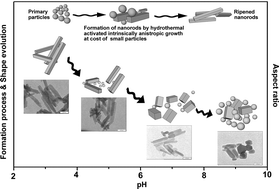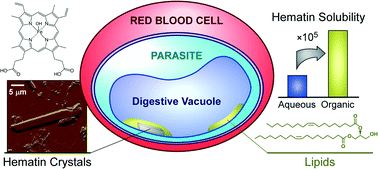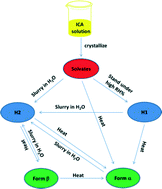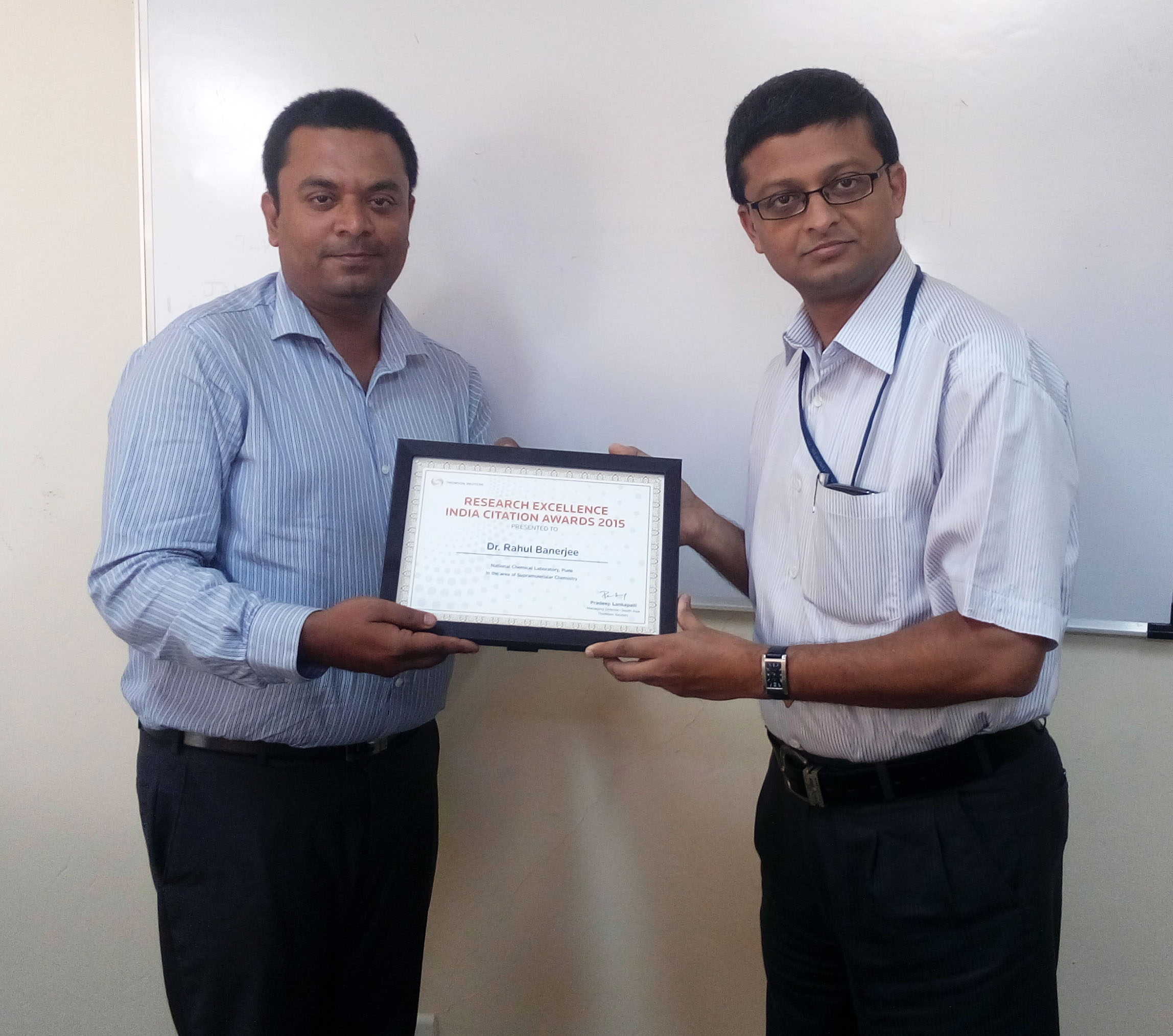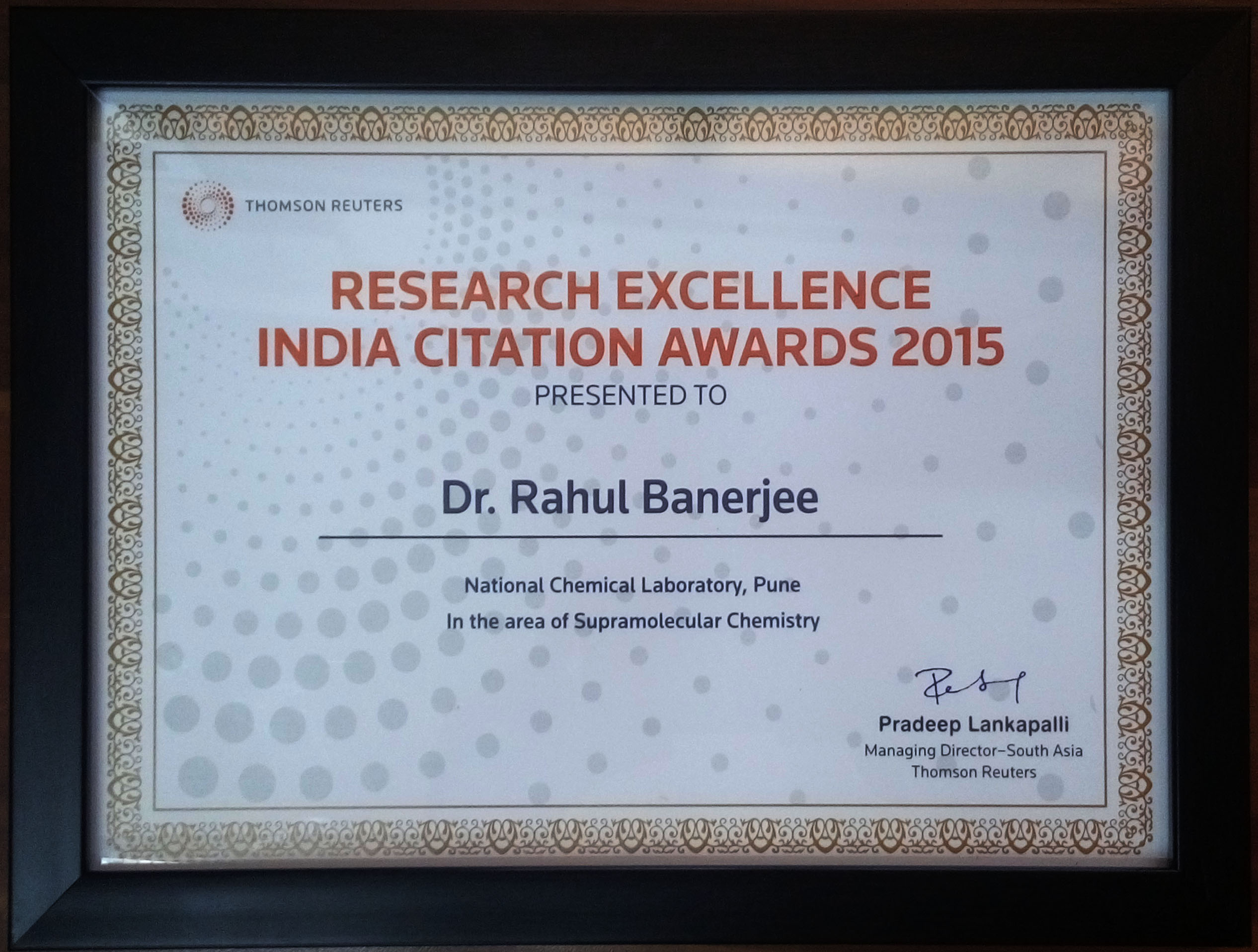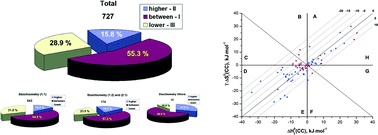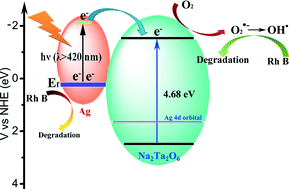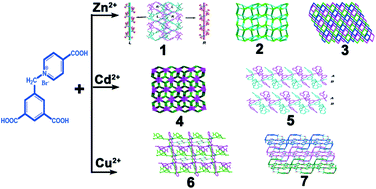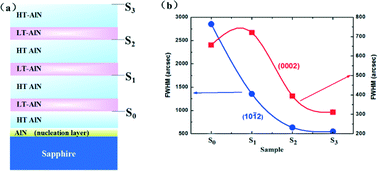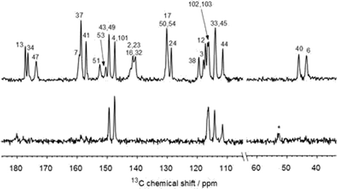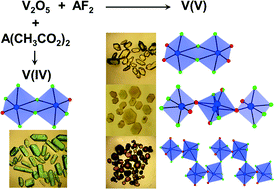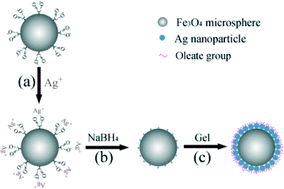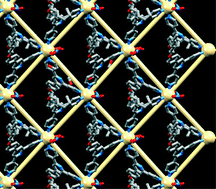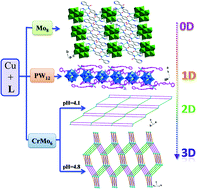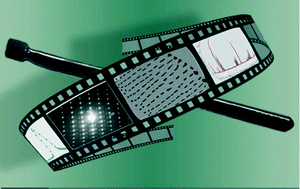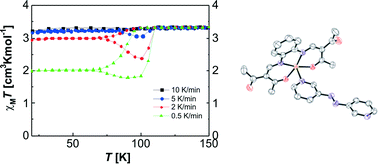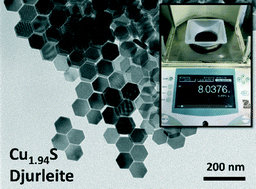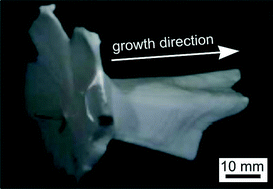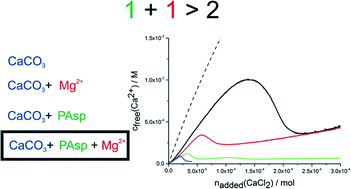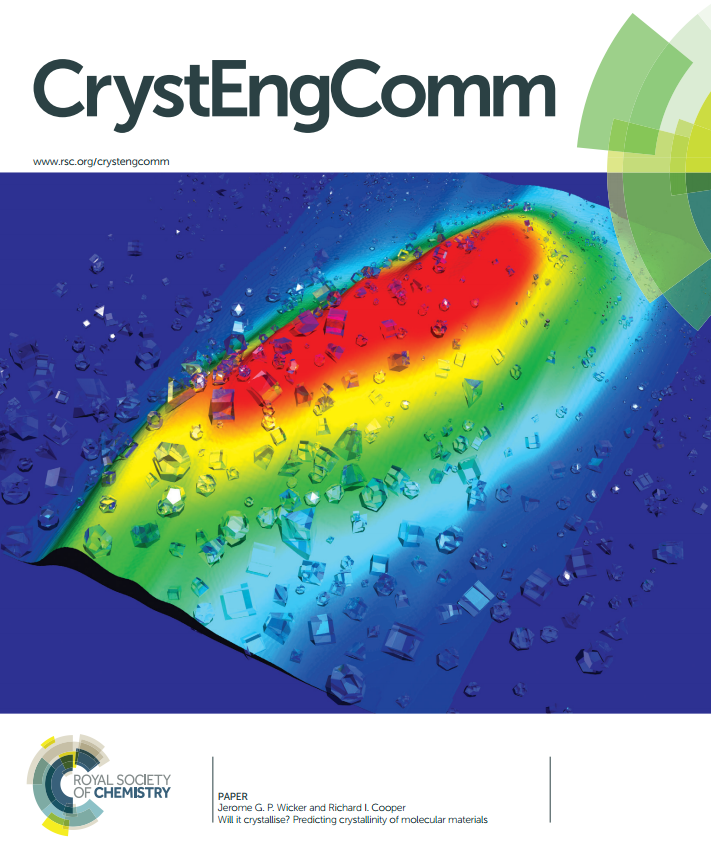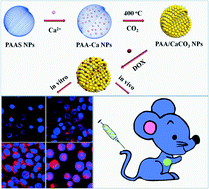A new red-emitting nanophosphor with potential use in white light-emitting diodes (LEDs) has recently been reported by Mi and colleagues.
White LEDs are used for lighting as they use little energy, have high brightness and long lifetimes and are considered environmentally friendly. Currently, these LEDs consist of a combination of a yellow-emitting phosphor and a blue LED chip. However, the lack of a red component is problematic, leading to a low colour rendering index (in other words, some colours do not appear naturalistic) and a high colour temperature (giving light a blue hue). Other possible methods of generating white LEDs that use red phosphors are limited by the low stability and efficiency of commercial sulphide-based red phosphors. Now, Mi and colleagues report an efficient and stable europium-based red phosphor that could solve the problem and improve the suitability of white LEDs for certain medical applications.
The phosphor Ca9Eu(PO4)7 was prepared using hydrothermal methods from calcium- and europium- nitrates and phosphoric acid. It shows a red emission at 616nm under excitation at 397nm. This is attributed to the 5D0 →7F2 transition in Eu3+, which will only happen when the Eu ion occurs in sites without inversion symmetry (as it is parity forbidden).
When the phosphor was doped (in other words, when Eu was partially replaced by Gd, La or Y), the emission intensity decreased. The pH value of the synthesis reaction was found to alter the morphology of the phosphor (see the diagram below) from rods to spheres, which had different luminescence properties. The most favourable properties were obtained from rods obtained at pH 7, attributed to the smallest number of lattice defects being formed at this pH. The rods are approximately 100nm long with an aspect ratio (long axis length to width ratio) of 2.5. This phosphor shows a good colour saturation index (R = 2.4) and future studies to optimise its properties could lead to potential application in white LEDs.
For more details read the full paper at:
Hydrothermal synthesis and photoluminescence properties of Ca9Eu(PO4)7 nanophosphors
Jiacheng Sun, Xiaoyun Mi, Lijian Lei, Xiaoying Pan, Shuyi Chen, Zan Wang, Zhaohui Bai and Xiyan Zhang
CrystEngComm, 2015
DOI: 10.1039/C5CE01289A
__________________________________________________________________________________________________
 Gwenda Kyd has a PhD in metallocarborane chemistry from the University of Edinburgh. Other research work includes the spectroscopic study of the structure of glasses and organometallic electron-transfer reactions and the preparation of new inorganic phosphors. She has recently published a book on chemicals from plants.
Gwenda Kyd has a PhD in metallocarborane chemistry from the University of Edinburgh. Other research work includes the spectroscopic study of the structure of glasses and organometallic electron-transfer reactions and the preparation of new inorganic phosphors. She has recently published a book on chemicals from plants.


